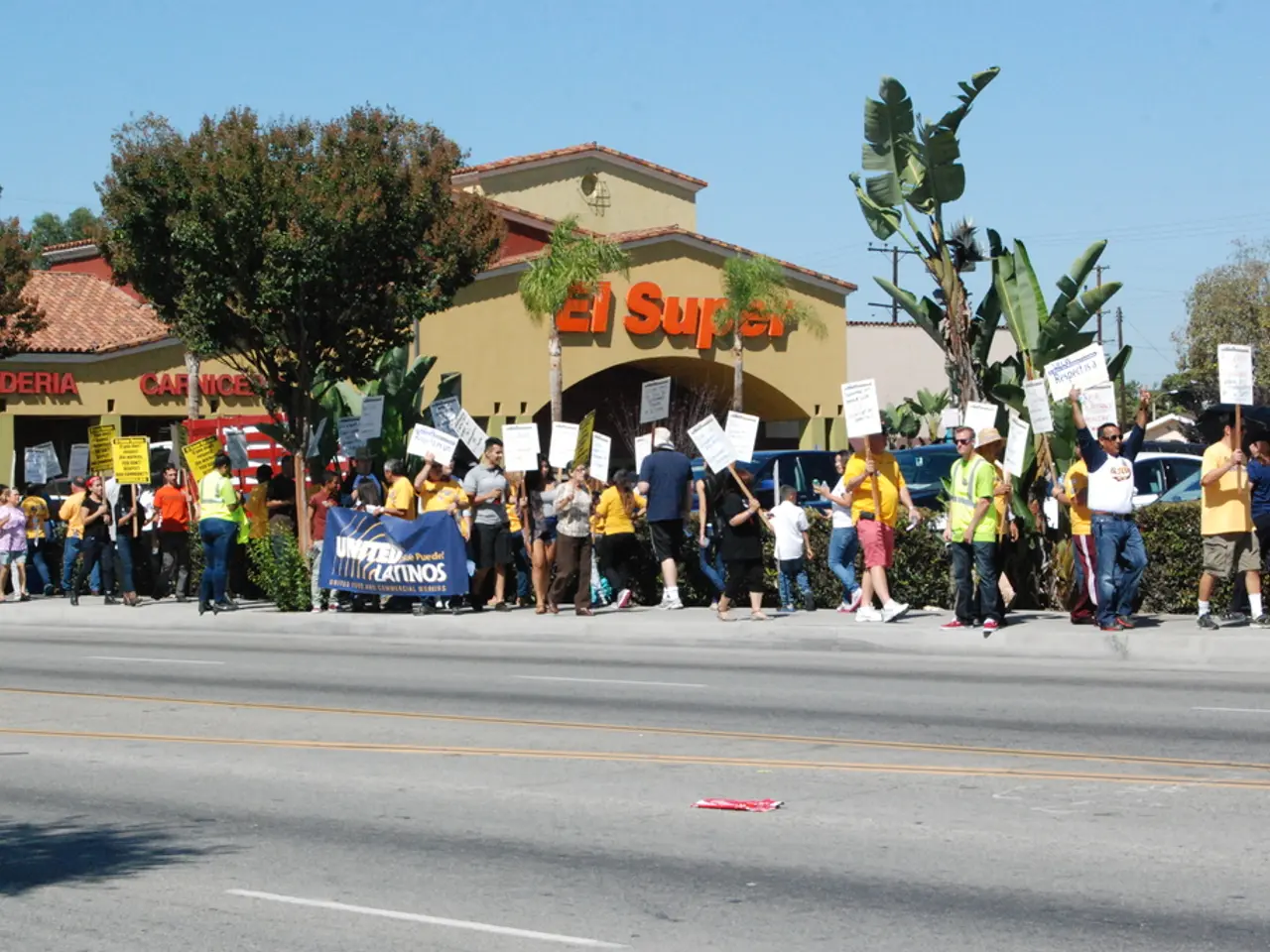Unraveling Political Data Analysis: Classifying, Forecasting, and Proposing Solutions
In the modern political landscape, the use of data-driven strategies has become a central pillar of election campaigns. Known as Political Analytics, this process encompasses the identification of voters, analysis of their preferences and opinions, data analysis, and evaluation.
Political Analytics offers three key types of analytics: Descriptive, Predictive, and Prescriptive.
Descriptive Analytics focuses on historical data to understand what happened and why. It uses data visualization, reports, and statistics to summarize past events and current states. This type of analysis is invaluable for election campaigns, enabling an informed reporting and monitoring of past election results, voter turnout by demographics or regions, campaign performance metrics such as fundraising amounts, volunteer engagement, and event attendance.
Predictive Analytics, on the other hand, uses statistical models, machine learning, and historical data to forecast future events or behaviours such as voter turnout or support levels. It allows campaigns to predict voter behaviour and election outcomes based on voter demographics, historical voting patterns, and opinion polls. This foresight is crucial for strategising and preparing for the future.
Prescriptive Analytics goes beyond prediction to suggest optimal decisions or strategies by analysing possible future scenarios and outcomes. It involves optimization and risk assessment, providing recommendations for targeted campaign strategies to maximise voter engagement or support, for example, identifying which regions or demographics to focus resources on, or advising on how to allocate advertising budgets or deploy volunteers for greatest impact.
These analytics types build on each other, with descriptive setting the foundation by organizing past data, predictive offering foresight, and prescriptive guiding decisions to optimize election campaign effectiveness.
Political Analytics improves voter outreach by identifying likely supporters, swing voters, and mobilization targets, enabling more efficient and persuasive communication. It also empowers candidates and parties to make informed decisions about campaigning, targeting, messaging, and timing.
However, the growing reliance on analytics raises challenges around data ethics, voter privacy, and algorithmic bias. It is crucial that the ethical use of political analytics involves transparency, informed consent, unbiased modeling, and avoiding dark patterns in voter influence.
In conclusion, Political Analytics is reshaping how campaigns communicate, how citizens engage, and how political narratives are crafted and contested. Whether a small local campaign or a national election, the power of data-driven strategies cannot be underestimated.
- Political Analytics services offer various types of analytics, including descriptive, predictive, and prescriptive, each contributing to a more effective election campaign strategy.
- Descriptive analytics, utilizing data visualization, reports, and statistics, provides a comprehensive understanding of past election results, voter turnout by various demographics or regions, and campaign performance metrics.
- Predictive analytics uses machine learning and historical data to forecast voter behavior and election outcomes, offering valuable insights for strategizing and preparing for the future.
- Prescriptive analytics takes predictions a step further, suggesting optimal decisions or strategies by analyzing possible future scenarios and outcomes, and providing recommendations for targeted campaign strategies.
- By identifying likely supporters, swing voters, and mobilization targets, Political Analytics enables more efficient and persuasive communication, empowering candidates to make informed decisions about campaigning, targeting, messaging, and timing.
- However, the increasing use of Political Analytics brings challenges around data ethics, voter privacy, and algorithmic bias, emphasizing the importance of transparency, informed consent, unbiased modeling, and avoiding dark patterns in voter influence.




